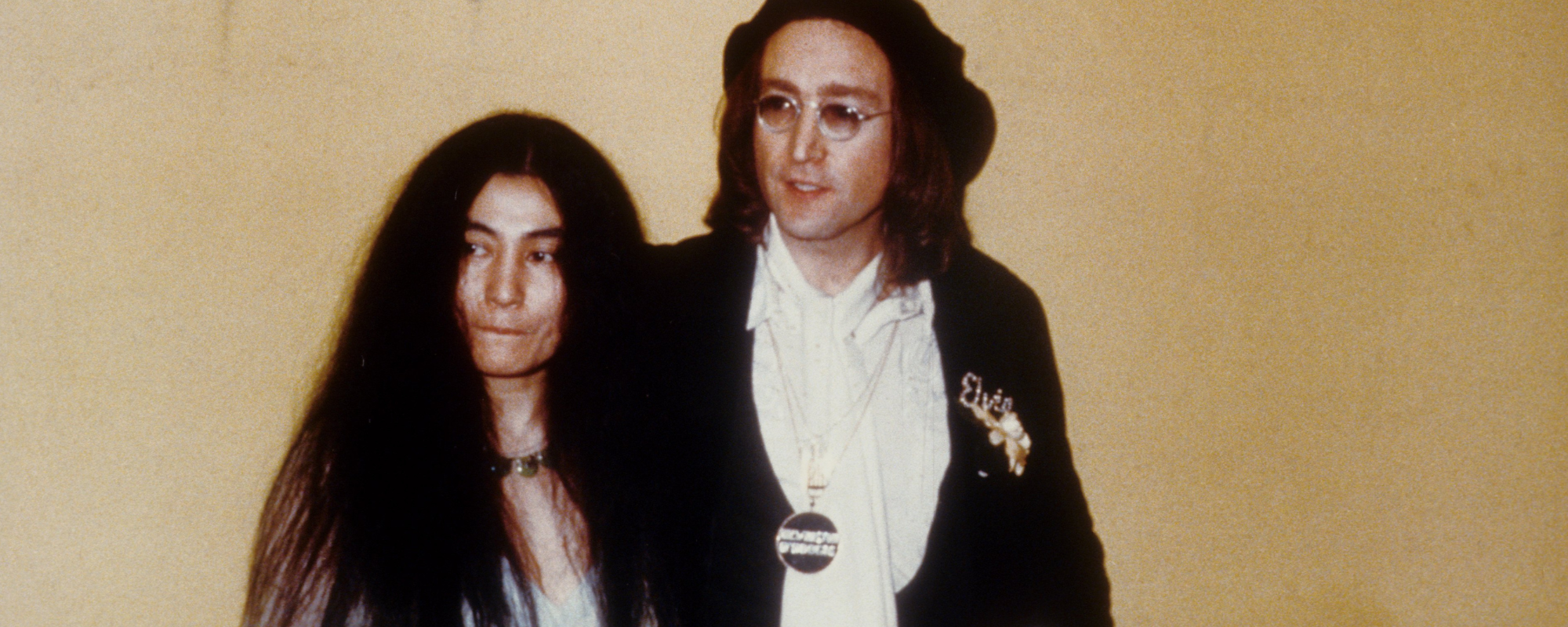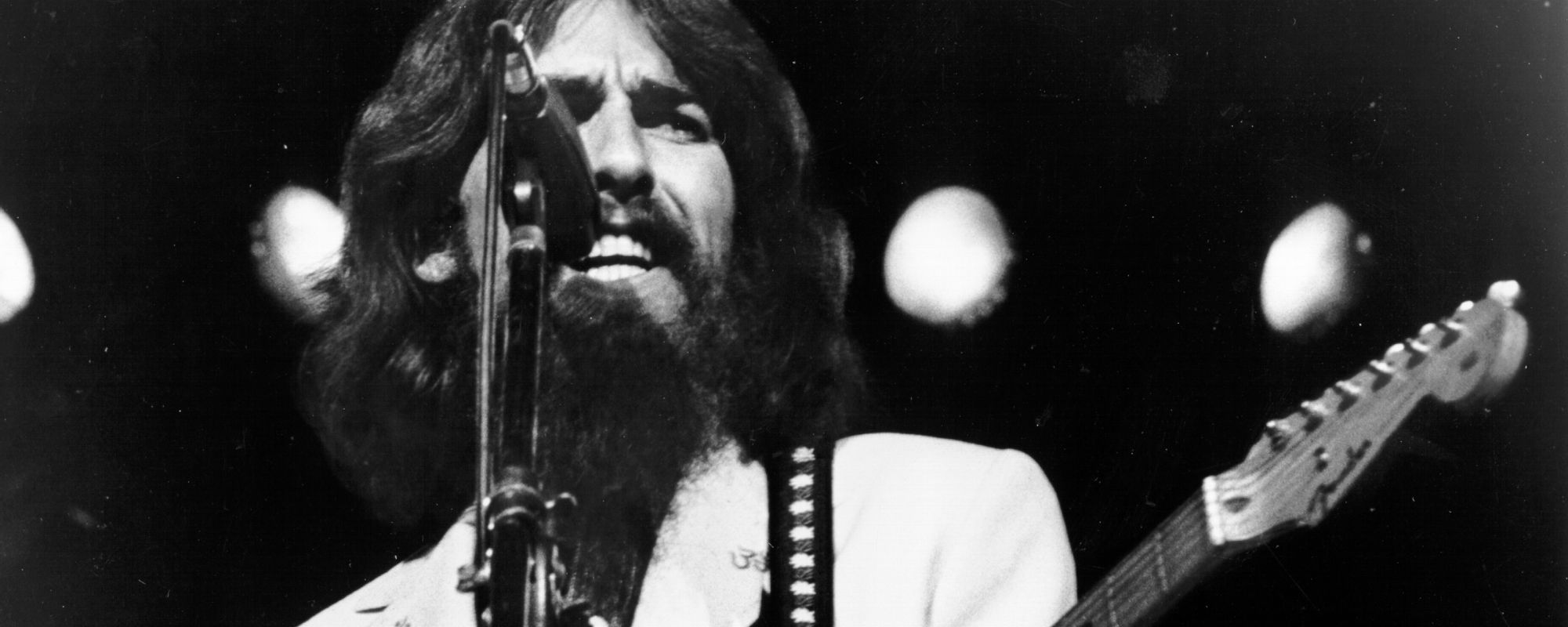You could be a pessimist and view Harry Nilsson through the lens of missed opportunities and squandered talent. Or you can be grateful that we were exposed to his unique brilliance, if only sporadically. Anyway, he did give us one undisputed masterpiece via his 1971 album Nilsson Scmilsson.
Videos by American Songwriter
It’s hard to say for sure if it’s a shame it didn’t happen more often for Nilsson, or if it’s something of a miracle that it happened at all. Here’s the story behind the magnificent Nilsson Schmilsson.
Wild About Harry
Curious solo records full of ornately arranged vocals, albums covering a single songwriter (even though he wrote songs just fine himself), and soundtracks to animated films: There was no rhyme or reason to Nilsson’s early career. He was prolific, for sure, releasing six albums in five years.
And there were mainstream breakthroughs here and there. His cover of Fred Neil’s “Everybody’s Talkin’” gave him a massive hit, and Three Dog Night’s cover of Nilsson’s “One” did just as well. On top of that, it seemed like the only thing the four Beatles agreed upon in their final few years together was they loved Harry (and they told anybody who would listen that they should love him too).
But the idea that someone could harness Nilsson’s disparate strengths (a piercing voice that could get pretty or gritty, songwriting that combined lyrical quirkiness and candor with sumptuous melodies, an innate sense of arrangement that highlighted his gifts) and aim them at the widest possible audience seemed far-fetched.
When Harry Met Perry
Richard Perry’s best-known work as a producer when he took the job of helming Nilsson Schmilsson was with Barbra Streisand. He succeeded in adding a little bit of slick studio polish to Nilsson’s work without homogenizing it, partly by teaming him up with some of the best musicians on the scene at the time. Perry was also unafraid to butt heads with the strong-willed Nilsson, whose lack of recording patience often meant he sabotaged some of his best musical moments.
For example, the two men clashed over the arrangement for a cover of “Without You,” a ballad that had been done by Badfinger in a somewhat straightforward fashion. Eventually, Nilsson and Perry settled on a take where Nilsson’s vocals hurdle-jumped octaves, creating exquisite drama (and an eventual No. 1 hit).
Nobody could have predicted a song like “Jump into the Fire” from Nilsson. The sweaty rock workout proved he could beat the Jaggers and Daltreys of the world at their own game. Besides, those other guys could never pull off something like “Coconut,” where Nilsson comes on like a ventriloquist, dropping a wild mixture of voices into the narrative. Novelty song, perhaps, but a highly accomplished one.
Don’t think Nilsson Scmhilsson drops off after the hits. If anything, the remaining songs hearken back to his previous albums. Gloriously melodic, exquisitely dreamy tunes like “The Moonbeam Song” and “I’ll Never Leave You” act almost as magical interludes between the radio-leaning songs.
Nilsson on Top
For just a minute there, Harry Nilsson conquered the music world with Nilsson Schmilsson, a Top-5 album with three smash singles. But his was a genius that was always a bit too delicate to sustain for extended periods of time. When he followed up with Son of Schmilsson in 1972, his eccentricities (such as dropping an F-bomb in the midst of the tender ballad “You’re Breakin’ My Heart”) and obstinacy (he and Perry clashed mightily) ensured the momentum would be broken.
Why complain about that, though? The music world would be such a dull place without iconoclasts like Harry Nilsson to shake it up by simply being themselves. Nilsson Schmilsson brought some focus to his unwieldy talent without losing the idiosyncrasies, a feat so amazing it really only could have happened once in a lifetime.
When you purchase through links on our site, we may earn an affiliate commission.
Photo by Stan Meagher/Daily Express/Hulton Archive/Getty Images












Leave a Reply
Only members can comment. Become a member. Already a member? Log in.